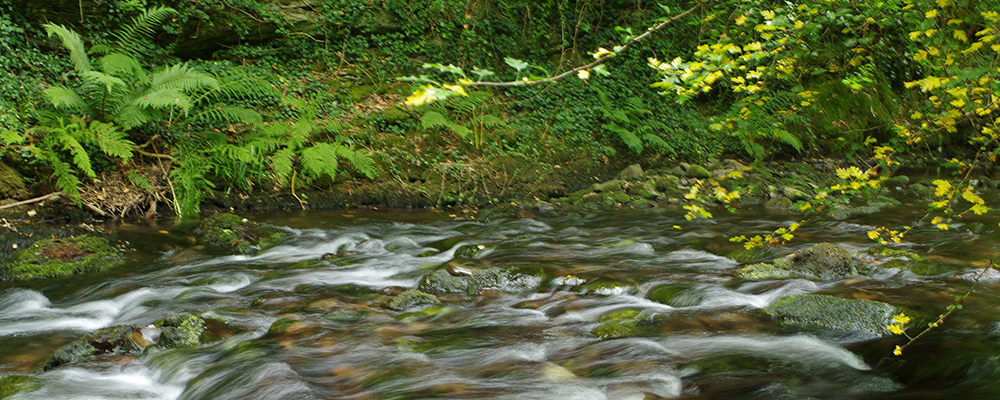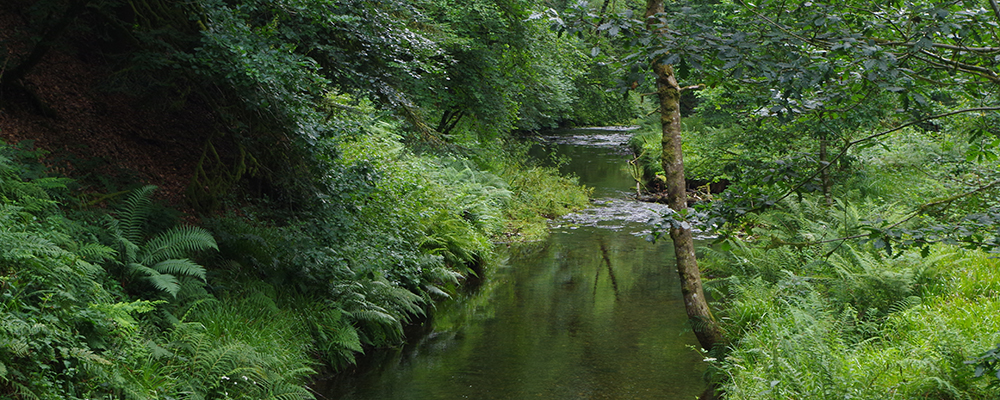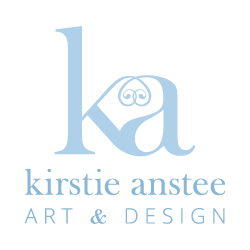
Protecting the source of our inspiration
Nature is the source of my inspiration, and when I need to re-focus and settle my mind in order to create and work, I have to be out in the countryside. To me, working in an environmentally friendly way is essential – I can’t feel balanced in my surroundings if I am not doing all I can to protect them. Sustainability in art is a must – if we are creating beautiful things they must be made using methods and materials which do not damage the beauty that inspires us.
Eco-friendly media
I do what I can in my household to minimise waste and pollution, but I am also very conscious of the materials I use when I am working. Oil paints are often used with solvents and varnishes, although they can be used with natural oils such as walnut and linseed oils. I don’t like working with oils anyway (I’m too impatient!), but I also don’t feel that they are the most environmentally friendly media to work with.

Pastels, pastel pencils and charcoal
I use pastels and pastel pencils, along with willow charcoal, for my animal portraits and many of my drawings. Willow charcoal is a sustainable and environmentally friendly product. My pastels are very old, given to me whilst I was at art college by my artist grandpa because he didn’t use them much. There are loads of them and I still use them now as the base for my drawings. The pastel pencils are by Conté à Paris, whose environmental policy can be found here: https://www.colart.com/en/our-story/sustainability/
i believe working with pastel is pretty eco-friendly. There are no brushes to rinse down the drain, nothing to clean (except maybe some dust!) and there are no solvents or thinners needed. I haven’t had to replace any of my pastels yet – and this will be very difficult for me as they are not made any more. Different brands of pastels often do not blend easily together. My white pastel is very small so I am looking for alternatives. I am searching for an eco-friendly brand which works well with my grandpa’s pastels and my pastel pencils. I have to make sure that, even if they are made sustainably, they will blend with the pastels I use already.
i also work in watercolour and gouache (an opaque type of watercolour paint), sometimes with pen and ink. Watercolours are probably the most environmentally friendly artists’ paints – again because no toxic binders or thinners are used when working with them.
Using up materials rather than throwing away
On the down side, I did used to work with acrylic paints from time to time. They are fun and versatile, and dry much quicker than oils, which suits an impatient person like me perfectly. Although I don’t use them with thinners or use solvents to clean my brushes like some artists do, the paints are plastic-based and so inevitably tiny plastic bits can get into the water system. I haven’t used my acrylics for quite a while, but I will make use of them until they run out. They eventually dry up and I think disposing of them safely would be more of an issue than if I actually make use of them, then filter the residue from my brushes and water pots to be disposed of correctly. I will then be swapping to gouache (water-based and environmentally safer) or to one of the new plant-based alternatives to acrylic paint, provided I like working with them and they are not too expensive.
There is still the question of the manufacturing processes of the products I use. Along with the Conté à Paris pastel pencils, most of the products I use are by Winsor & Newton, whose environmental policy you can find here: https://uk.winsornewton.com/pages/sustainability
Finally, I work mainly on paper. My pastel drawings are on a lovely thick brown recycled paper I have found. This has a lovely texture to work on. I do have a few sheets of pastel mat to try – but I am not sure how environmentally friendly this is, so may not use it again.
I am committed to seeking out the most environmentally friendly media and supplies that are available and that I can work with effectively.
